Health
Health
What should you eat? There are lots of claims about what you should and should not eat. For example, there are claims that chocolate causes acne, that it stimulates sexual desire, and that it is good for your heart. How can you know which of these claims are trustworthy? And how should you decide when to act on claims like these, or other claims about what is good or bad for your health?
There are lots of claims like this about what is good for our health. A claim is something someone says that can be right or wrong.
A “treatment” can be anything you do for your health — for example, taking a medicine, exercising, eating chocolate, or not eating chocolate. It can also be something that we do for the health of a community — for example, making sure that water is safe to drink, making sure everyone has access to health care when they need it, or reducing the use of fossil fuels. An effect is something a treatment makes happen—like making you feel better or worse, making people more or less likely to have a heart attack or a stroke, or curing someone who is sick.
People make lots of claims about treatment effects. How can we tell which claims are right or wrong? To do this, you need to look at what supports their claim – its basis. For example, someone’s personal experience is not a good basis for a claim about what is good for your health. This is because we don’t know what would have happened if that person had done something else.
To know if a treatment (like eating chocolate) causes an effect (like sexual desire), the treatment has to be compared to something else (like not eating chocolate). Researchers compare a treatment given to people in one group with something else given to people in another group. Those comparisons provide evidence – facts to support a conclusion about whether a claim is right or wrong. For those comparisons to be fair, the only important difference between the groups should be the treatments they receive.
A good choice is one that uses the best information available at the time. For health choices, this includes using the best available evidence of treatment effects. Good choices don’t guarantee good outcomes, but they make good outcomes more likely.
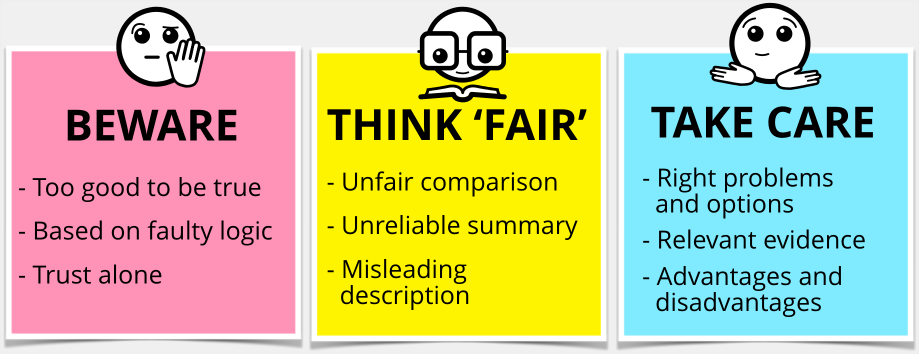
Claims: Many claims about the effects of treatments are not trustworthy. Often this is because the basis for the claim is not trustworthy. The first (pink) group of guides are things you should watch out for when you hear or read a health claim. BEWARE of claims that are too good to be true, that are based on faulty logic, or that are based on trust alone.
Comparisons: It is always a good idea to question what evidence there is to support a claim. Evidence about the effects of treatments comes from treatment comparisons. The second (yellow) group of guides can help you decide how trustworthy that evidence is. Make sure that treatment comparisons are FAIR, that summaries of studies comparing treatments are reliable, and that you are not misled by the way that treatment effects are described.
Choices: Knowing how trustworthy the evidence is can help you make good treatment choices. But there are other things you need to think about when you decide what to do and what not to do for your health. The third (blue) group of guides can help you make good choices. TAKE CARE when you decide what to do. Think carefully about what your problem is and what your options are, whether the evidence is relevant, and whether the advantages are better than the disadvantages.
There are endless claims about treatments in the mass media, advertisements, and everyday personal communication. This includes claims about the effects of drugs, surgery and other types of “modern medicine”; claims about lifestyle changes, such as changes to what you eat or how you exercise; claims about herbal remedies and other types of “traditional” or “alternative medicine”; claims about public health and environmental interventions; and claims about changes in how healthcare is delivered, financed and governed.
Some of these claims are true and some are false. Many are not supported by trustworthy evidence: we do not know whether they are true or false. Claims about the effects of treatments that are not supported by trustworthy evidence often turn out to be wrong. Consequently, people who believe and act on these claims waste resources and suffer unnecessarily by doing things that do not help and might be harmful, and by not doing things that do help.
We developed the Informed Health Choices (IHC) Key Concepts as the first step in a research project with the aim of helping people make informed health choices. This website includes all of the IHC Key Concepts. The IHC Key Concepts are the starting point for developing learning resources, such as this website.
The website and the poster can be used in different ways. For example, by finding examples of treatment claims in the media and – using the guides – thinking critically and discussing how trustworthy those claims are and what you would do. For each concept, we have provided links to examples and some additional learning resources.
Please contact us and share your experience using this website and any suggestions you have.
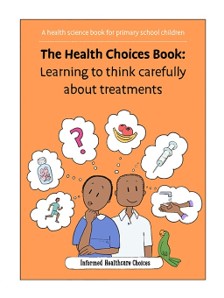
The Health Choices Book includes a comic story that introduces and explains 12 Key Concepts. It is written at a primary school level. The book and other learning resources can be found on the Informed Health Choices website.
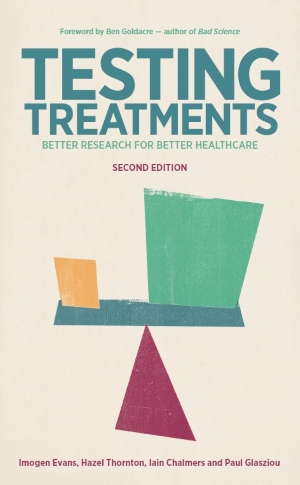
Testing Treatments international provides open access to the book, Testing Treatments, which can be read online, listened to, or downloaded. The book explains most of the Key Concepts in plain language using examples.
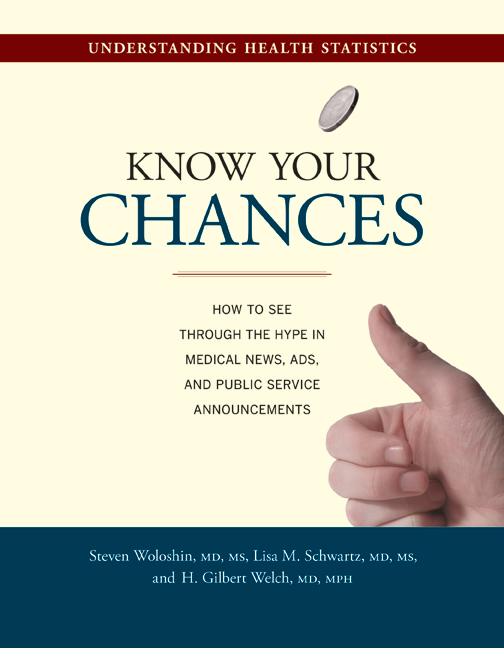
The goal of Know Your Chances is to help you better understand health information by teaching you about the numbers behind the messages—the medical statistics on which the claims are based.
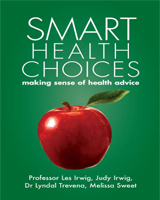
Smart Health Choices aims to help consumers and practitioners develop the skills to assess health advice – and to make decisions that will improve the quality of their care.

The Learning Resources Database provides a platform for sharing learning resources for teaching and learning Evidence-Based Health Care (EBHC). The learning resources can be searched and filtered by the Key Concepts, the target audience, and the format.
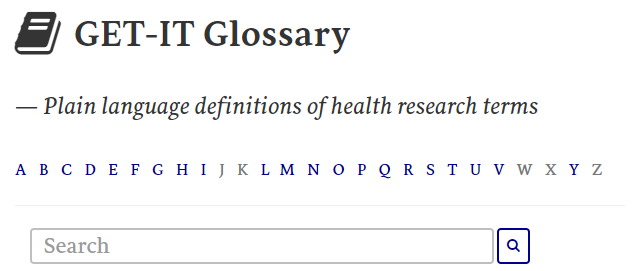
GET-IT stands for the Glossary of Evaluation Terms for Informed Treatment choices. The aim of this glossary is to facilitate informed choices about treatments by promoting consistent use of plain language and providing plain language explanations of terms that people might need to understand if they wish to assess claims about treatments.